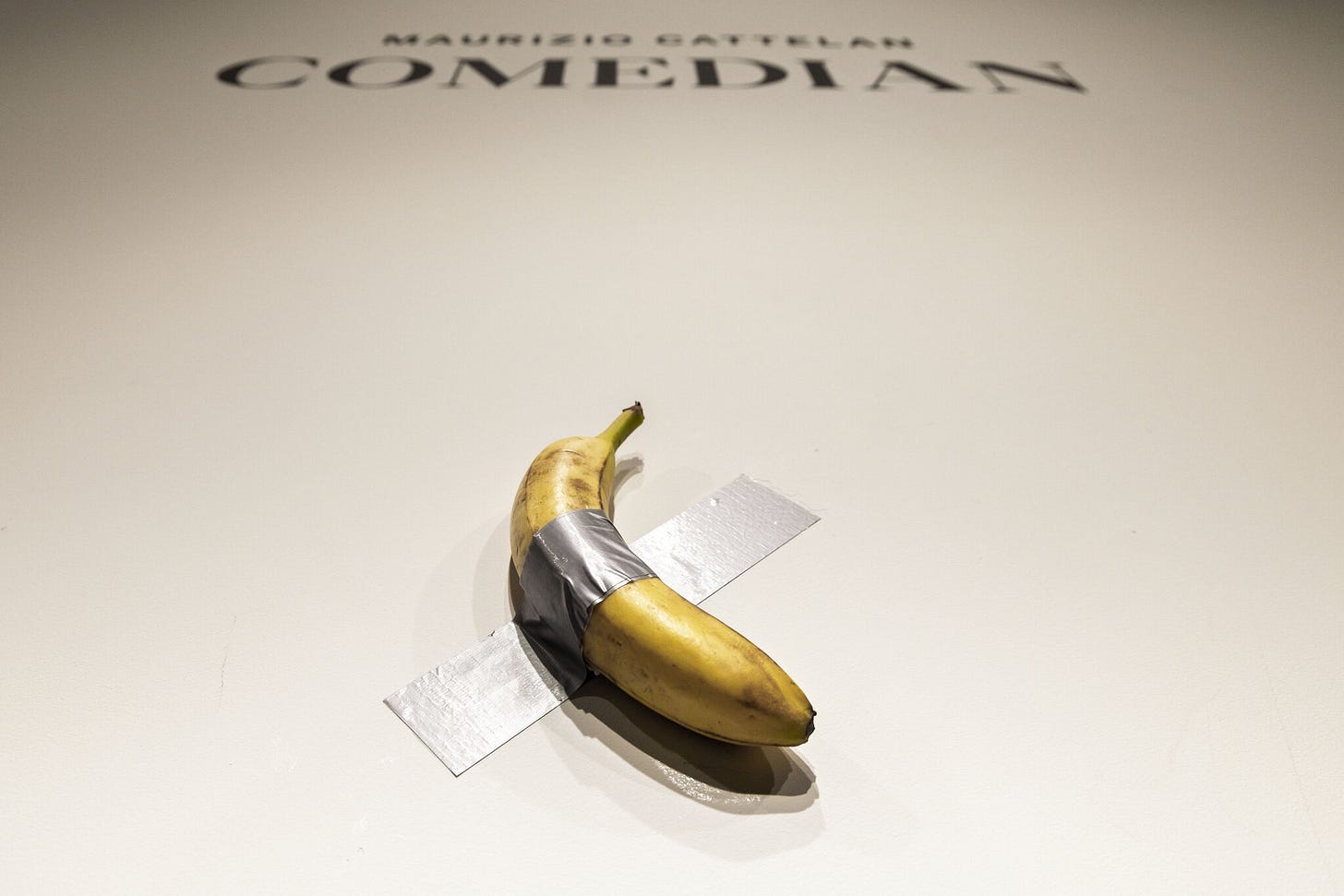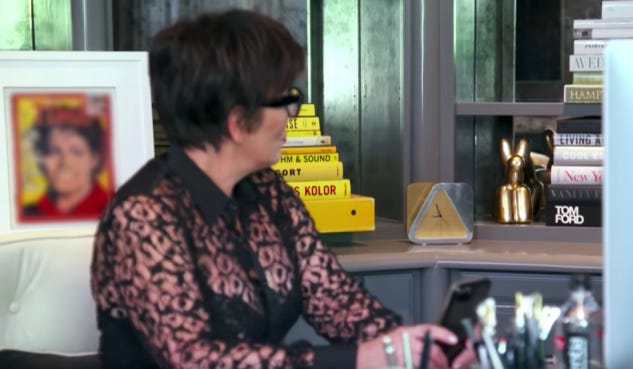Meta’s Super Bowl Fumble: Missing the Mark on Creativity
How Meta’s Ad Took the Easy Route, Mocking the 'Comedian' at the Expense of Contemporary Art
Ah yes, the Super Bowl—America’s unofficial holiday that somehow manages to infiltrate international circles. While the main event is American football, it brings along plenty of side attractions. From party games to food competitions, there’s one contest just as much a spectacle: the Super Bowl commercials.
Since the 1980s, these ads have become synonymous with the game, with many crediting Apple for "revolutionizing" the art of Super Bowl advertising. They've evolved into cultural events in their own right, often garnering more attention than the game itself. As someone who couldn’t care less about American football, I’ll admit the ads are my main draw.
The Super Bowl commercials are, quite literally, the Olympics of advertising (and I really hate that analogy). Creative agencies pull out all the stops, knowing millions of viewers are glued to the screen. Having worked as a strategist on large-scale, high-budget campaigns early in my career, I understand the immense pressure involved. Even with seemingly endless resources, deadlines and creative expectations can make it hard to see the forest for the trees. Watching these ads now, I not only root for former colleagues whose work shines on its own merit, but I also still find joy in analyzing the strategies and creative angles teams use to tell stories for their clients. It even makes me miss my days as a strategist (which I haven’t fully given up on yet).
Of course, not every commercial lands—and it’s rarely productive to sit back and guess why certain ones miss the mark. But one miss this year was Meta’s 2025 smart glasses ad, created in collaboration with Ray-Ban.

The commercial, reportedly costing between $7–8 million for the airtime alone, featured heavyweights Chris Hemsworth, Chris Pratt, and Kris Jenner. Set in what appears to be Jenner’s house, it centers on a parody of Maurizio Cattelan's infamous artwork The Comedian (yes, the duct-taped banana). The Chrises eat the banana while mocking the absurdity of calling it "art" and mocking the $6.2 million price tag attached to a 25 cent banana duct-taped to a wall. Jenner enters, seemingly displeased by the desecration of the artwork, suggesting a sense of ownership over it.
Frankly, the whole concept felt lazy. It’s as if the creative team plucked the lowest-hanging fruit—pun intended. Instead of challenging perceptions or offering fresh insights, they resorted to mocking contemporary art. This approach is neither new nor clever; it just reinforces tired stereotypes that dismiss the art world as pretentious and absurd.

Contemporary art is difficult to grasp; even seasoned art historians, collectors, and gallery owners remain divided over the Comedian. But Meta’s commercial didn’t challenge or interrogate the absurdity—it just reinforced the stereotype that contemporary art is a joke.
People within the art world often critique its absurdity, but many also seek meaningful conversations on how to evolve an industry known for its gatekeeping tendencies. This ad completely missed the mark. While its critique centered on the Comedian, it ultimately reduced contemporary art to a joke, trivializing the entire field. As Carrie Scott aptly put it, it managed to "make contemporary art look dumb and the art world look dumb."
The irony here is palpable. Kris Jenner, who often positions herself as culturally savvy, once attempted to educate Khloé Kardashian about art on Keeping Up with the Kardashians. Pointing to a small golden inflatable dog statue in her office, she confidently identified it as a Jeff Koons. It wasn’t. Koons doesn’t make miniature gold versions of his famous sculptures. The piece was merely a replica (unclear if the replica is / was even authorized).

As a strategist, you’re expected to stay hyper-aware of cultural currents, crafting narratives that stand out while remaining authentic. If circumstances shift, you adapt; as my former boss once put it, "Current events eat any great strategy for breakfast." Meta’s ad, however, didn’t engage with any significant current events. Instead, it clung to a dated reference and mocked an entire field rather than challenging one flawed work.
So for those taking notes, here’s how I would have approached it:
Hemsworth and Pratt wandering through the house, stopping in front of the same replica Jeff Koons dog Jenner once misidentified.
Chris: “Is this a Jeff Koons?”
Other Chris: “How can you tell?”
Jenner struts in confidently: “Yes, Chris—that’s a Jeff Koons.”
Her assistant whispers: “Kris, as we established, it’s just a replica.”
One of the Chrises touches the smart glasses he’s wearing and asks, “Hey Meta, is this an original Jeff Koons?”The glasses respond, highlighting their voice-command and identification capabilities.
The Chris wearing the glasses smirks: “Hate to break it to you Kris—it’s not a Jeff Koons.”
Scene closed.
This approach would have offered a commentary on authenticity and status symbols in art, while still being entertaining and tying in popular culture. It would have allowed the art world to poke fun at itself while inviting broader audiences into the joke—and, crucially, showcased the product's capabilities.
Advertising, like art, thrives on creative storytelling and nuance. Taking the easy way out does a disservice to both the brand and the audience. Here’s hoping future campaigns aim higher.



